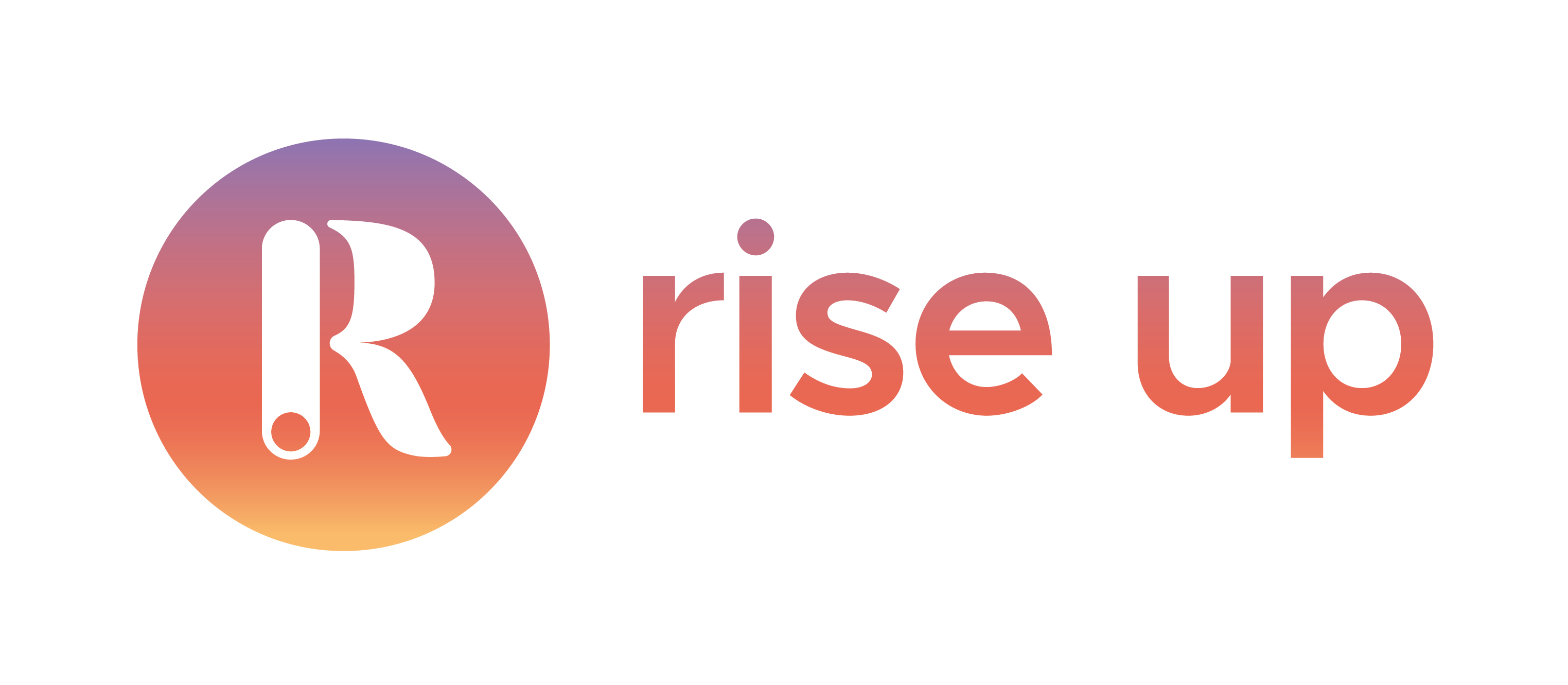Coaching is seen as providing a route to ensure that the next leaders, and those perceived as the high fliers, can develop and refine the skills they need to ensure the business continues to thrive.
In theory there is nothing wrong with this model, but it’s a bit like a team deciding to concentrate all its energies – and investment - on a mere handful of players: coaching just the star strikers in a football team and ignoring all the others. That would be a risky strategy in any team sport. Yet that’s what the majority of businesses are doing right now.
Retention matters
At the same time we have a situation – the so called Great Resignation – when employee turnover is set to rocket. The CIPD suggests as many as 6.5 million employees will be looking for new jobs in the next 12 months.
We also have poor levels of workforce engagement – and the rise of quiet quitting, where employees do the basic minimum required for their jobs and no more.
Our own research suggests that just 35% of employees feel engaged with their work, and contentment levels are equally low at just 39 percent. These were figures published long before ‘The Great Resignation’ was being discussed, so may well have got even worse. Given that it can cost one and a half times the individual’s annual salary to replace them should they leave – and you can quickly see that the issue has the potential to be both costly and damaging.
So what’s to be done?
Despite those figures, 93% will stay longer with an organisation if they feel that the company is investing in them and their future. There is also a strong demand for increased inclusivity – with 75% demanding that workplaces should become more inclusive.
Put those two together, and offer both more investment in individuals and to a wider range of individuals, and you can start to see a way to counter the growing number of employees who might be thinking about leaving – and improve the skill levels and motivation of those employees at the same time.
So the answer has to be the democratisation of workplace coaching. We can no longer merely be offering this to a small group of senior level employees.
We have to make this kind of provision far more widely available, so that everyone in the team gets the development they need, be that in their existing job or to help them take on new roles, and give them more opportunities to try new challenges. By growing themselves, they grow the business too.
Cost-effective coaching for all
But isn’t this going to cost? Isn’t the default to simply stay doing what you’ve always done? Not so. Thanks to technology, one-to-one coaching doesn’t have to eat into your training and development budget.
Not only that, but technology will also allow your employees to access the coaching support they need when they need it. It’s not just executive development that can be bespoke.
By combining the human touch with online coaching, you can ensure that not only is coaching available to every employee, but it’s available as and when those employees need to access it – even during the working day.
Whatever the size of organisation, it’s now possible to develop coaching programmes which can benefit everyone - and at a price which isn’t prohibitive. We call it worklife coaching, and we believe strongly that the time is right to introduce it to your organisation.
Coaching is no longer the preserve of the top team. Its benefits can now be accessed by everyone in your company. So isn’t it time you stopped just coaching the strikers in your team, and made it available to all your players?
Greater engagement, contentment, and higher levels of productivity are just a few of the benefits. So isn’t it time you embraced coaching for all?
Simon Lyle is managing director, UK at Ranstad RiseSmart
To find out more about how worklife Coaching can benefit all your employees click here now.














